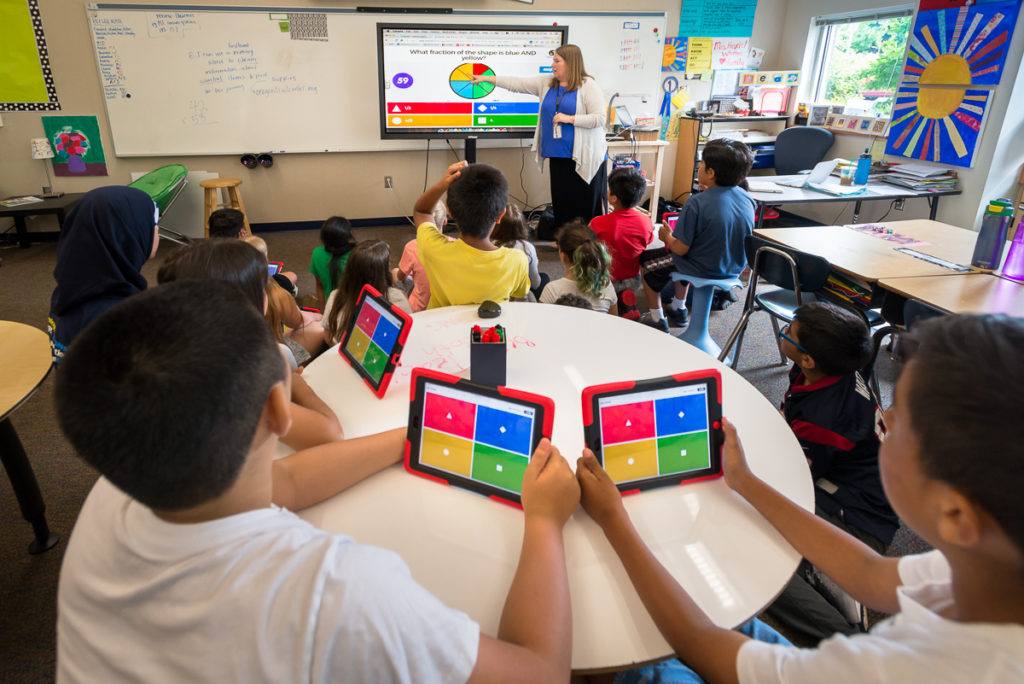Starting with The Best Digital Tools for Creating Online Courses, this paragraph aims to captivate and inspire readers with valuable insights on course creation tools.
Online courses have become increasingly popular, and having the right digital tools can make a significant difference in creating engaging and effective learning experiences. In this guide, we will explore the key features of top digital tools, such as content creation tools, learning management systems, and communication tools, essential for successful online course development.
Overview of Online Course Creation Tools
Creating online courses has become increasingly popular, offering a flexible and convenient way to share knowledge and skills with a global audience. Digital tools play a crucial role in this process, providing course creators with the necessary resources to design, develop, and deliver engaging educational content.
Simplify your email marketing efforts with the Top Digital Tools for Email Automation. These tools can streamline your campaigns, increase efficiency, and drive better results.
Key Features of the Best Digital Tools
- Intuitive interface for easy course creation
- Interactive multimedia support for engaging content
- Assessment and quiz capabilities for student evaluation
- Analytics to track student progress and course performance
- Customization options for branding and personalization
Examples of Popular Digital Tools
- Thinkific:A user-friendly platform with customizable templates and built-in marketing tools.
- Teachable:Known for its drag-and-drop course builder and integrated payment processing.
- Udemy:One of the largest online course marketplaces, offering a wide range of courses on various subjects.
Content Creation Tools: The Best Digital Tools For Creating Online Courses
Content creation tools play a crucial role in the development of online courses, as they enable instructors to design engaging and interactive content that enhances the learning experience for students. These tools help in creating multimedia elements, such as videos, graphics, and interactive activities, which are essential for keeping learners motivated and interested in the course material.
Types of Content Creation Tools
- Video Editing Software: Video content is a popular choice for online courses, as it allows instructors to demonstrate concepts visually and engage students effectively. Tools like Adobe Premiere Pro, Final Cut Pro, and Camtasia are commonly used for editing and enhancing instructional videos.
- Graphic Design Tools: Visual elements are essential for conveying information in a clear and engaging manner. Graphic design tools like Canva, Adobe Photoshop, and Piktochart help instructors create visually appealing presentations, infographics, and other graphics for their online courses.
- Interactive Content Platforms: Interactive elements, such as quizzes, simulations, and games, can enhance the learning experience and increase student engagement. Platforms like Articulate Storyline, H5P, and Adobe Captivate allow instructors to create interactive content without the need for programming skills.Embrace the power of technology with the Top Digital Tools for Managing Online Reviews. These tools can help you monitor and respond to feedback effectively, enhancing your online reputation.
Tips for Choosing the Right Content Creation Tools
- Consider Course Objectives: Before selecting content creation tools, determine the learning goals and objectives of your course. Choose tools that align with these objectives and help you achieve the desired outcomes.
- Ease of Use: Opt for tools that are user-friendly and intuitive, especially if you are not familiar with complex design or editing software. Look for tools with templates, drag-and-drop interfaces, and tutorials to help you get started quickly.
- Compatibility: Ensure that the content creation tools you choose are compatible with the learning management system (LMS) or platform where you will be hosting your online course. This will help you seamlessly integrate multimedia elements into your course content.
- Cost and Accessibility: Consider your budget constraints and the availability of the tools you are considering. Look for free or affordable options that meet your needs without compromising on quality. Additionally, check if the tools can be accessed on different devices and operating systems for flexibility.
Learning Management Systems (LMS)

In the realm of online course creation, Learning Management Systems (LMS) play a pivotal role in organizing and delivering educational content to learners worldwide. These platforms provide a centralized hub for instructors to manage course materials, interact with students, and track progress effectively.
Unlock the potential of your influencer marketing strategy by utilizing the right digital tools. Learn how the How Digital Tools Can Enhance Your Influencer Outreach to reach a wider audience and boost engagement.
Key Features of an Effective LMS, The Best Digital Tools for Creating Online Courses
- User-Friendly Interface:An intuitive interface is essential for both instructors and students to navigate the platform easily.
- Course Content Management:The ability to upload, organize, and update course materials, including videos, documents, and quizzes, is crucial for a seamless learning experience.
- Assessment and Grading Tools:Built-in tools for creating quizzes, assignments, and grading systems help instructors evaluate student performance efficiently.
- Communication Features:Features like discussion boards, messaging systems, and live chat enable effective communication between instructors and students.
- Analytics and Reporting:The capability to track student progress, engagement, and performance through analytics and reporting tools is vital for course improvement.
Integration with Other Digital Tools
Integrating LMS with other digital tools such as content creation software, video conferencing platforms, and assessment tools can enhance the overall course creation process.
- Content Creation Tools:Seamless integration with tools like Canva or Adobe Creative Cloud allows instructors to create engaging multimedia content directly within the LMS.
- Video Conferencing Platforms:Integrating platforms like Zoom or Microsoft Teams enables live virtual classes and interactive sessions with students.
- Assessment Tools:Connecting LMS with assessment tools like Google Forms or Quizlet provides a variety of assessment options for instructors.
Communication and Collaboration Tools

Communication and collaboration tools play a crucial role in enhancing the online learning experience by facilitating interaction between instructors and students. These tools enable seamless communication, feedback exchange, and group collaboration, ultimately leading to a more engaging and effective learning environment.
Role of Communication Tools
Communication tools such as discussion forums, chat rooms, and video conferencing platforms are essential in online courses. They allow instructors to provide real-time feedback, clarify doubts, and engage with students effectively. These tools also enable students to interact with their peers, participate in group discussions, and collaborate on projects, fostering a sense of community within the online classroom.
- Discussion Forums: Platforms like Moodle or Blackboard provide discussion forums where students can ask questions, share ideas, and engage in academic discussions.
- Chat Rooms: Tools like Slack or Microsoft Teams offer real-time messaging capabilities, allowing for quick communication between instructors and students.
- Video Conferencing: Applications such as Zoom or Google Meet enable live video sessions, virtual lectures, and interactive discussions, bridging the gap between online and traditional classrooms.
Collaboration Tools for Student Engagement
Collaboration tools are designed to enhance student engagement and promote group work in online courses. These tools enable students to collaborate on assignments, projects, and presentations, fostering teamwork and critical thinking skills.
- Google Docs: Allows students to collaborate on documents in real-time, edit simultaneously, and provide feedback to each other.
- Trello: A project management tool that facilitates task assignment, progress tracking, and group collaboration on assignments or projects.
- Poll Everywhere: Engages students through live polling, surveys, and interactive quizzes, promoting active participation and feedback exchange.
Integrating Communication Tools for Enhanced Learning Experience
By integrating communication tools into online courses, instructors can create a dynamic and interactive learning environment that promotes student engagement and participation. These tools help in building a sense of community, fostering collaboration, and providing instant feedback, ultimately improving the overall learning experience for students.
Effective communication and collaboration tools are essential in creating a vibrant and engaging online learning environment.
Closing Summary
In conclusion, leveraging the best digital tools for online course creation is crucial for educators and course creators to deliver impactful and interactive learning experiences. By utilizing these tools effectively, you can enhance student engagement, facilitate seamless course management, and elevate the overall quality of online education.







